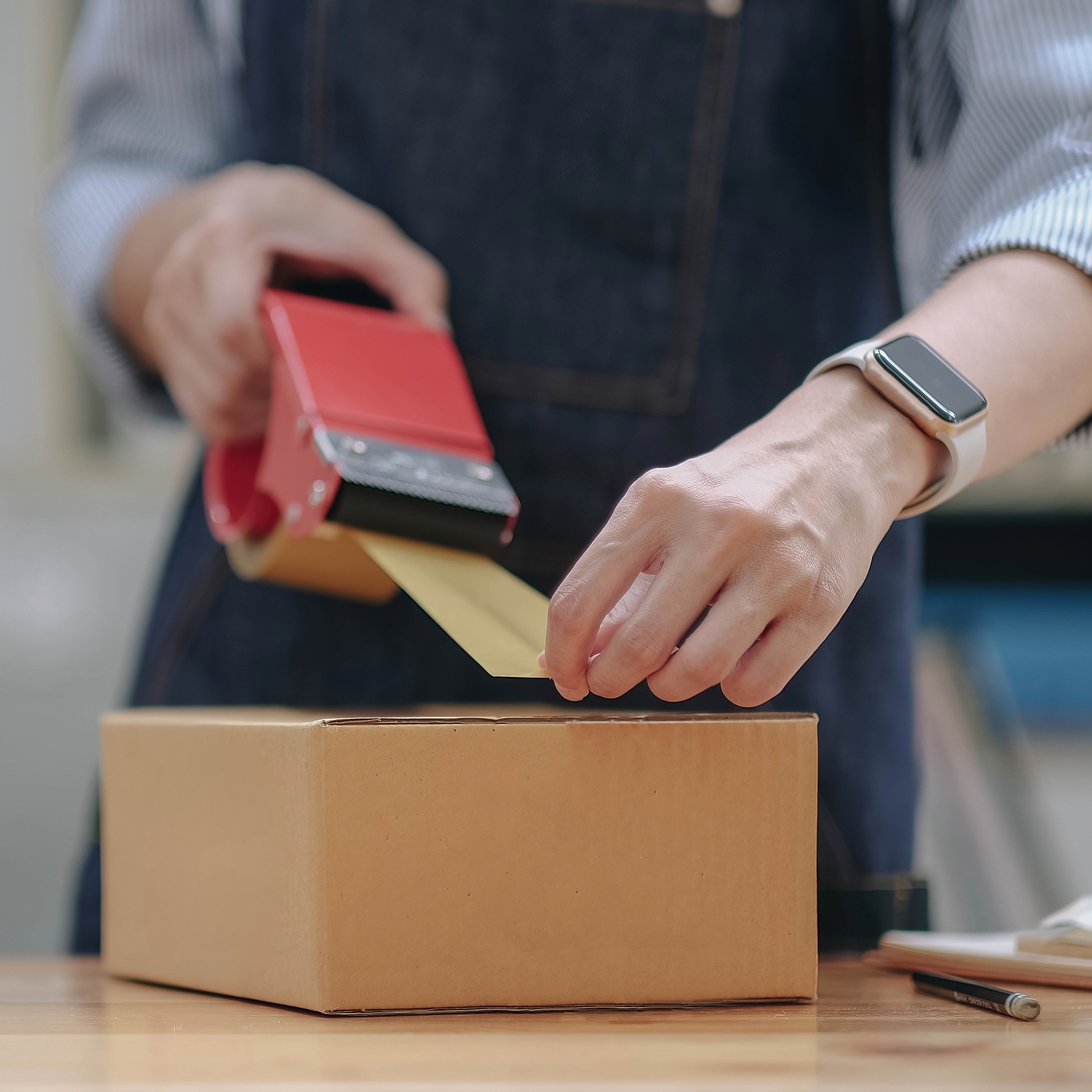Size can be deceiving. A coin, a pendant, or a miniature painting may fit in the palm of your hand, yet the risks of damage or loss are high. Packing strategies designed for large canvases or sculptures often fall short when applied to smaller pieces. Each item demands a tailored approach that protects both its material integrity and its financial or sentimental value.
Assessing the Risks Unique to Small Valuables
Small objects face hazards that differ from large artworks. A coin can suffer micro-scratches from slight movement inside a container. Jewelry may tangle or chip when metal surfaces rub together. Miniature art can warp under uneven pressure or humidity. Even the labeling process carries risk if adhesives come into contact with delicate finishes. Another challenge is scale: small packages are easier to misplace or mishandle during transit. Collectors and shippers must account for these vulnerabilities before preparing any shipment.
Choosing the Right Materials and Containers
Proper materials form the first line of defense. Acid-free paper and archival-safe plastics shield coins from oxidation. Small jewelry pieces benefit from anti-tarnish strips, foam inserts, or velvet-lined boxes. For miniature art, rigid stocks with micro-foam prevent warping or corner damage. Silica gel packets reduce moisture risks, while bubble wrap with fine cushioning absorbs shocks. The container must always fit the scale of the object. Oversized boxes allow movement, while overly tight wraps create pressure. A balanced fit ensures stability without stress.
Tips for Packing
Packing small valuables requires more than wrapping them in layers. Each type of item responds differently to pressure, movement, and temperature shifts. The key is to treat the process as a sequence: prepare, stabilize, and reinforce.
Coins
Wear cotton or nitrile gloves to avoid transferring oils. Place each coin in an archival flip, capsule, or rigid holder. Position holders upright in a foam-lined box to prevent sliding. Insert silica gel for moisture control. Collectors often apply the same methods when protecting investment-grade silver bullion, as both coins and bullion require stable conditions to prevent tarnish or surface damage. Layer the box inside a rigid container with shock-absorbing padding.
Jewelry
Secure clasps before wrapping. Immobilize chains by placing them in individual pouches or winding them around soft supports. Wrap each item in acid-free tissue before placing it in padded compartments. Ensure that stones and metals do not touch each other. Jewelry boxes designed with multiple slots or foam cutouts prevent movement during shipping.
Miniature Art
Miniature paintings and sculptures often feature delicate edges. Begin with a glassine wrap or acid-free paper to protect surfaces. Surround the piece with custom-cut foam inserts, ensuring that no side bears uneven pressure. For tiny sculptures, build a micro-crate or rigid box with internal supports. Immobilize fragile protrusions with cotton ties or foam braces. Double-box the item to add further shock resistance.
Labeling, Documentation, and Protective Measures
Clear labeling reduces the chance of mishandling. Mark packages as “fragile” and include orientation arrows. Inside the box, provide handling notes that explain how to unpack without damaging the object. Avoid external descriptions that reveal the contents to minimize theft risk. Documentation matters as well. Include item lists, condition notes, and images. This record helps verify the object’s state before and after shipment. Protective layers such as moisture barriers and vibration cushions strengthen overall security.
Transit, Storage, and Insurance Considerations
Transit exposes small treasures to vibration, stacking, and sudden movement. Place them within larger, more secure crates rather than sending them alone. Store them only in climate-controlled environments where temperature and humidity remain stable. Even short-term storage requires attention, as changes in air quality or light can cause harm. Insurance must reflect the value of these items. Some policies cover large works but exclude small valuables unless specifically listed. Reviewing coverage before shipment avoids costly surprises.
Common Mistakes and How to Avoid Them
Packing small valuables requires precision, yet many errors occur when shortcuts or unsuitable materials are used. These mistakes can lead to scratches, pressure damage, or even loss. Recognizing them ahead of time helps collectors and shippers protect fragile pieces more effectively.
- Overpacking with filler: Excessive padding can press against delicate surfaces and cause stress fractures. Use only enough material to stabilize the item.
- Underpacking or loose placement: Allowing space inside the box invites shifting during transit. Choose containers that fit snugly with proper cushioning.
- Mixing different valuables: Coins rubbing against jewelry or miniature art can lead to scratches and dents. Keep items in separate compartments.
- Using unsuitable household materials: Newspapers and standard plastics may contain acids or inks that stain and degrade surfaces. Always opt for archival-safe materials.
- Skipping documentation: Without item lists and condition photos, insurance claims become harder to validate. Proper records provide proof of value and state before shipping.
